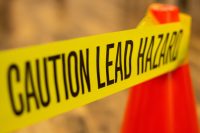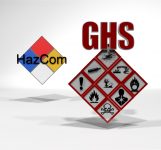Climate Change—What’s a Safety Manager to Do?
In a new report recently issued by the Obama Administration, it states that “every American is vulnerable to the health impacts associated with climate change.” Yesterday we reviewed findings in the report that apply specifically to U.S. workers. Today we will consider what safety managers can do to help safeguard their workers from the heat-related effects […]










